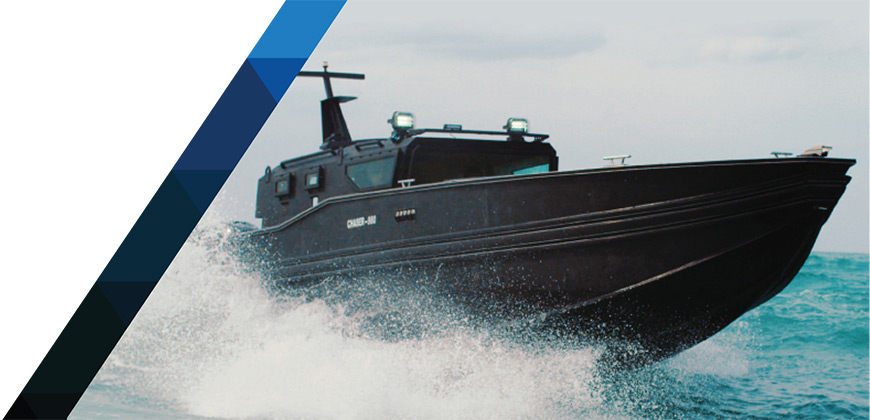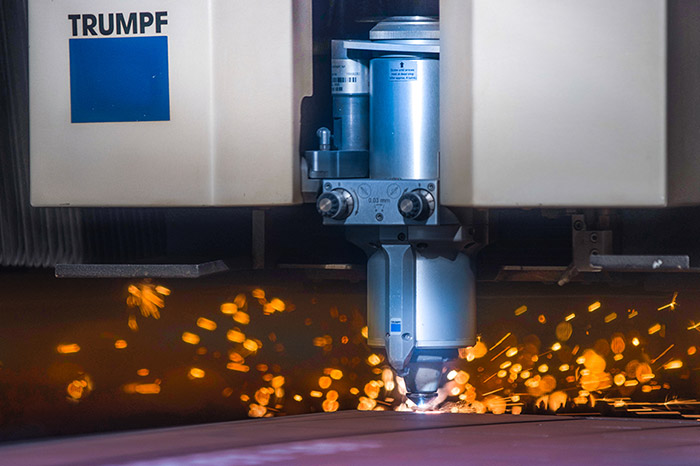Naval warfare constantly requires advanced technologies, skilled personnel, and practical strategies to avoid potential threats. Military boats play a critical role in naval operations, serving as platforms for various weapons systems and providing transportation and logistical support. However, navigating the challenges of naval warfare is not easy, as many factors can affect the performance and effectiveness of military boats. This article will explore some critical challenges military assault boats face and how naval forces address them.
Challenges in naval warfare:
One of the most significant challenges in naval warfare is operating in a vast and often hostile environment. Military boats must withstand harsh weather conditions, navigate through narrow channels, avoid obstacles, and stay hidden from enemy detection. Furthermore, they must be able to operate in different types of water, such as shallow or deep, and adapt to changing situations quickly. These challenges require advanced navigation systems, sophisticated sensors, and skilled crews that can operate in various conditions.
Another major challenge in naval warfare is countering potential threats, such as enemy ships, submarines, aircraft, and missiles. Military boats must be equipped with the latest weapons systems, including torpedoes, missiles, guns, and electronic warfare equipment, to defend themselves and their allies. They must also be able to detect and track enemy movements and respond rapidly to potential attacks. This requires extensive training and coordination among naval forces and advanced intelligence gathering and analysis.
How military boats stay ahead of the game:
To overcome these challenges, naval forces rely on various strategies and technologies to stay ahead of the game. These include:
Advanced navigation systems:
Military boats are equipped with advanced navigation systems, such as GPS, radar, and sonar, enabling them to navigate accurately and safely in different conditions. These systems also provide situational awareness, allowing crews to monitor their surroundings and detect potential threats.
Sophisticated sensors:
Military boats use sophisticated sensors, such as acoustic and electromagnetic sensors, to detect and track enemy movements. These sensors can detect submarines, ships, and aircraft from long distances and provide valuable intelligence to naval forces.
Effective weapons systems:
Military boats are equipped with various weapons systems, such as missiles, torpedoes, and guns that can be used to defend against potential threats. These weapons systems are often integrated with advanced targeting systems, enabling crews to hit their targets accurately and quickly.



